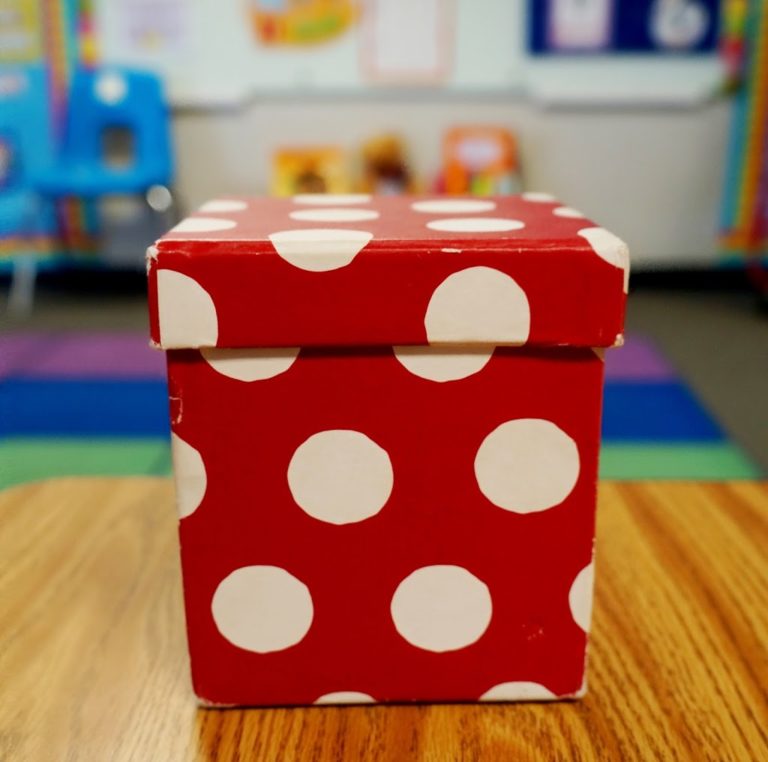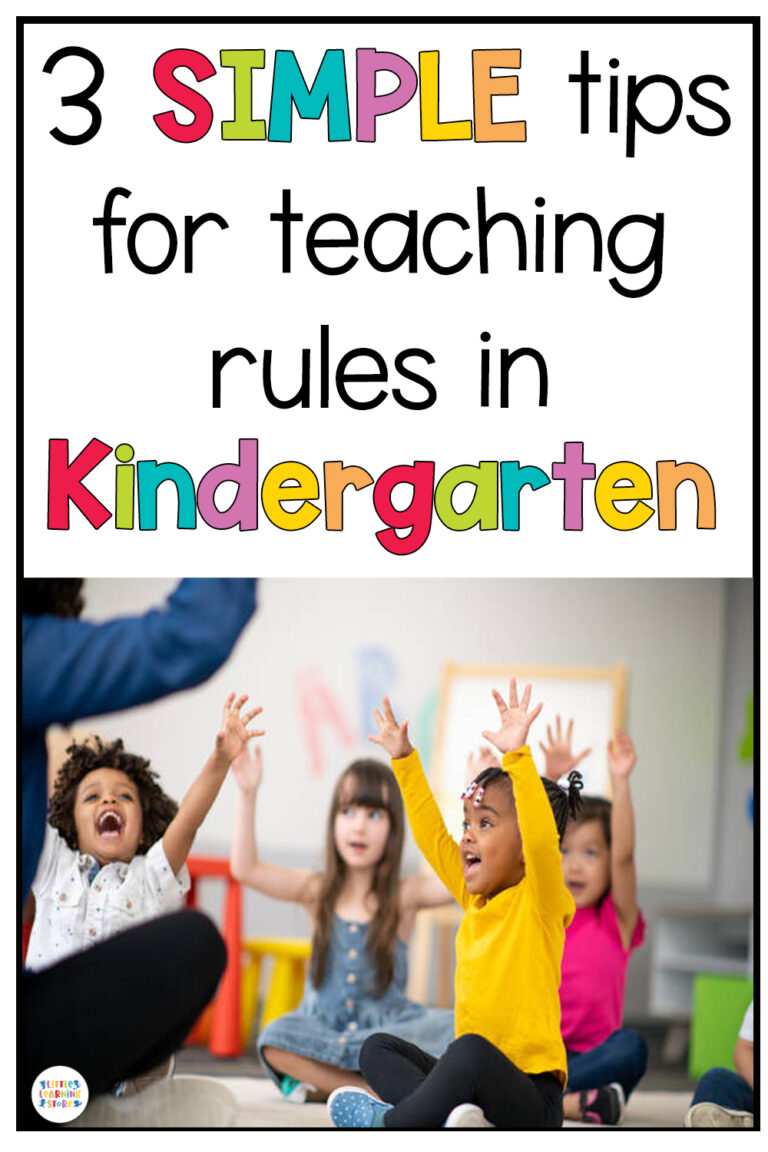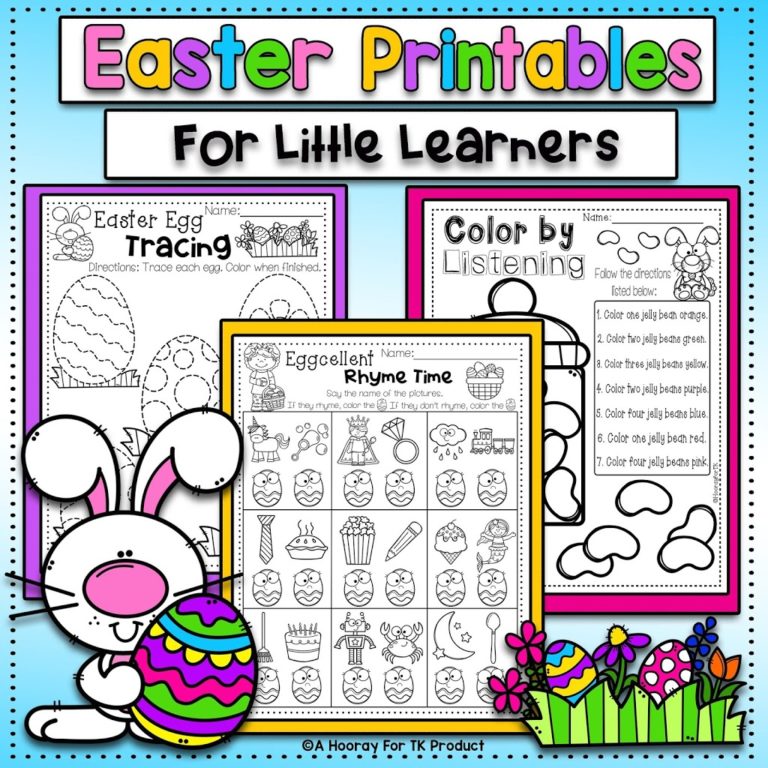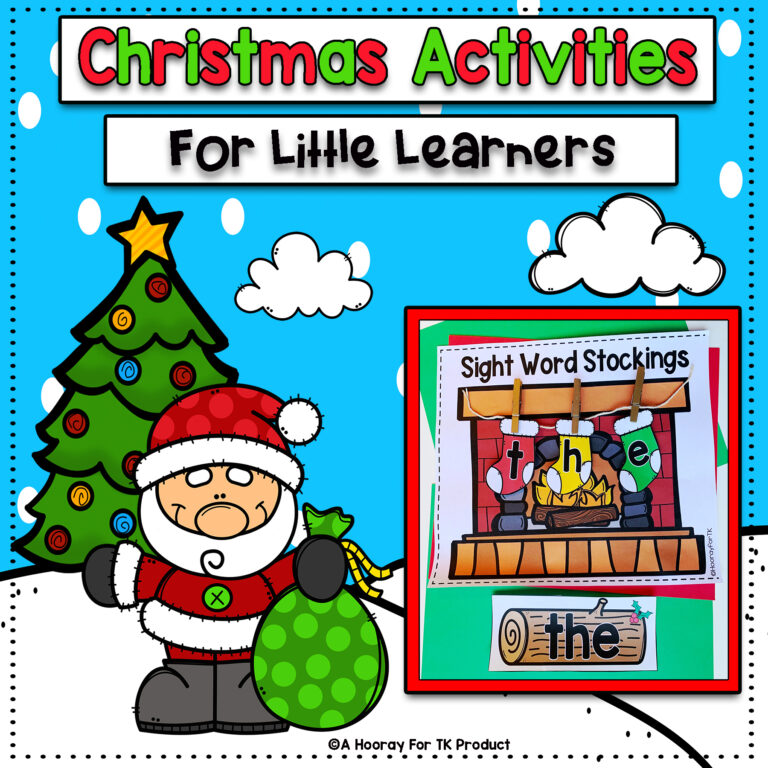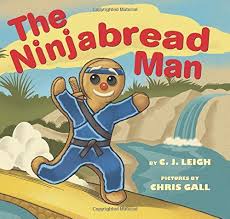How to Best Use Classroom Jobs in Kindergarten
Hey there, teacher friend! Are you a kindergarten teacher looking for a way to engage your little learners and create a sense of community in your classroom? Look no further than classroom jobs! Classroom jobs are a great way to teach responsibility, build teamwork, and create a fun and inclusive classroom environment. It’s also a great way to take the work load off of you and helps your students share in classroom responsibilities (e.g., instead of you wiping down the tables after each day, create a student job for that!) In this blog post, we’ll explore how to best use classroom jobs in your kindergarten classroom.
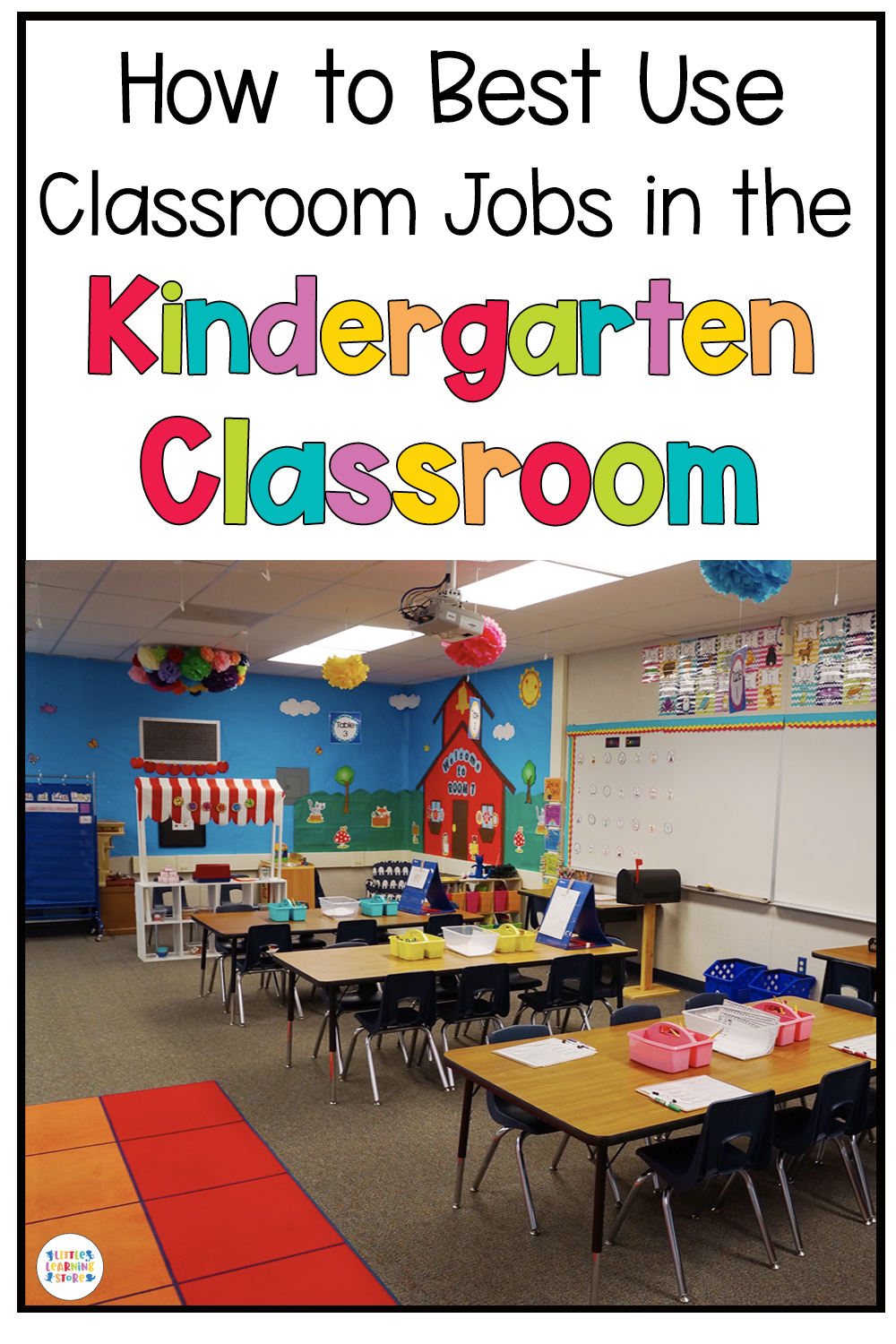
How to Best Use Classroom Jobs in Kindergarten
Introduce the concept of classroom jobs
Before assigning jobs, take the time to introduce the concept to your students. Explain that everyone has an important role to play in the classroom and that by working together, we can create a happy and fun classroom where everyone helps out. Be sure to use kinder friendly lingo and visuals to help your students understand the concept of classroom jobs. One way to do this is by using printed visuals of the jobs and some clothes pins with students names on them to easily rotate jobs each week.
Set expectations
Be sure to set expectations for each job. Explain what each job does and the correct way to do it. For example, if you assign a student the job of line leader, explain that they need to walk at a steady pace and make sure everyone stays in a straight line. The best way to do this is by physically showing students how to do the job by acting it out. This helps your kiddos know exactly how to do the job, plus it also helps them stay engaged as you explain each job.
Assign jobs
There are a variety of jobs that can be assigned in a kindergarten classroom, such as line leader, door holder, calendar helper, and clean-up crew. You’ll want to have a list of basic jobs to start off at the beginning of the year. Later on you can add jobs based on your students’ strengths and interests. For example, if you have a student who loves to help, create the job of classroom helper.
This is where you can really use classroom jobs to your advantage. Perhaps you have a student that is really struggling behaviorally. Take note of what that student enjoys doing and turn it into a special job that only they get to do. This is a great way to redirect this student’s behavior to positive behavior.
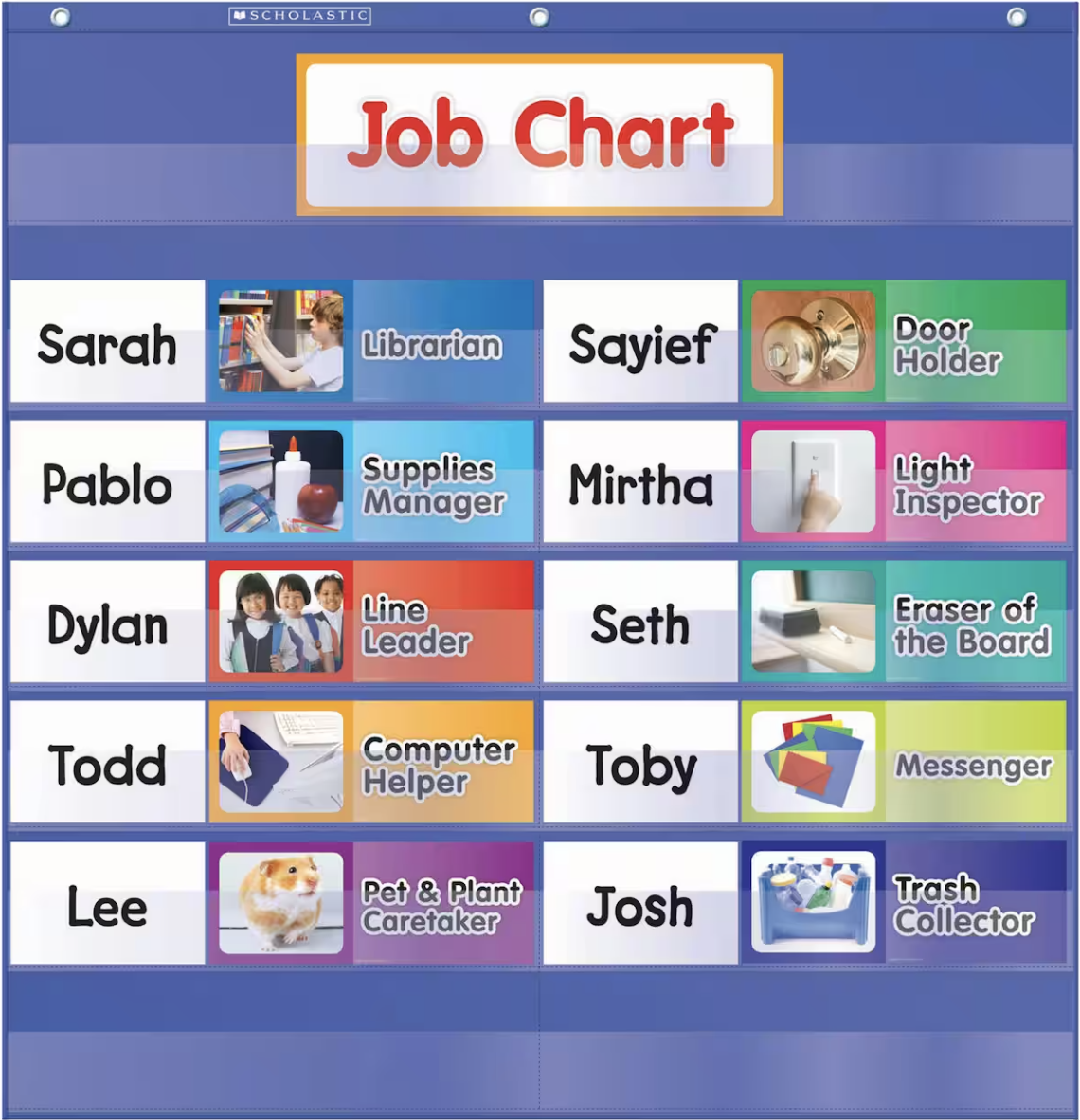
Rotate jobs
To keep things fresh and exciting, rotate classroom jobs every week. This not only gives every student a chance to try different jobs, but it also prevents boredom and promotes a sense of fairness. A job chart is the best way to keep track of which student is assigned to which job each week.
Provide positive feedback
When students are doing a great job in their assigned role, be sure to provide positive feedback. This could be as simple as a high-five or a “you’re doing a great job walking steadily as the line leader!” Celebrate successes as a class and make sure each student knows how important their role is in making the classroom run smoothly. This also helps create a classroom community where everyone is working together, celebrating each other, and building one another up.
Make Your Classroom Be “Student Run”
Often times we think because our students are so young, we have to do most of the tasks. But the truth is that many tasks can be passed off to students, so you don’t have to do them! For example, if you find you’re always sharpening pencils, create a job where a student sharpens pencils. You can also encourage your classroom to be student run by simply asking for student’s help with things. For example, if you find yourself caught up helping a student, but say you need to grab an item that is out of your reach, ask a student to get the item for you (as long as it’s appropriate for a student to be handling that item). It sounds so simple, but this is such a profound way to build up students self-esteem, teach responsibility, while making your life easier!
Final Thoughts on Classroom Jobs
In conclusion, classroom jobs are a great way to teach responsibility, build teamwork, and create a fun and inclusive classroom environment in kindergarten. By introducing the concept, assigning jobs, rotating roles, setting expectations, and providing positive feedback, you can create a happy and successful learning environment for your little learners. Good luck and have fun!

Want more ideas on how to set up
your kindergarten classroom for success?
Want to hear more about how to set up your kindergarten classroom for success? Check out my post “Top 10 Powerful Ideas for the Kindergarten Classroom.”

